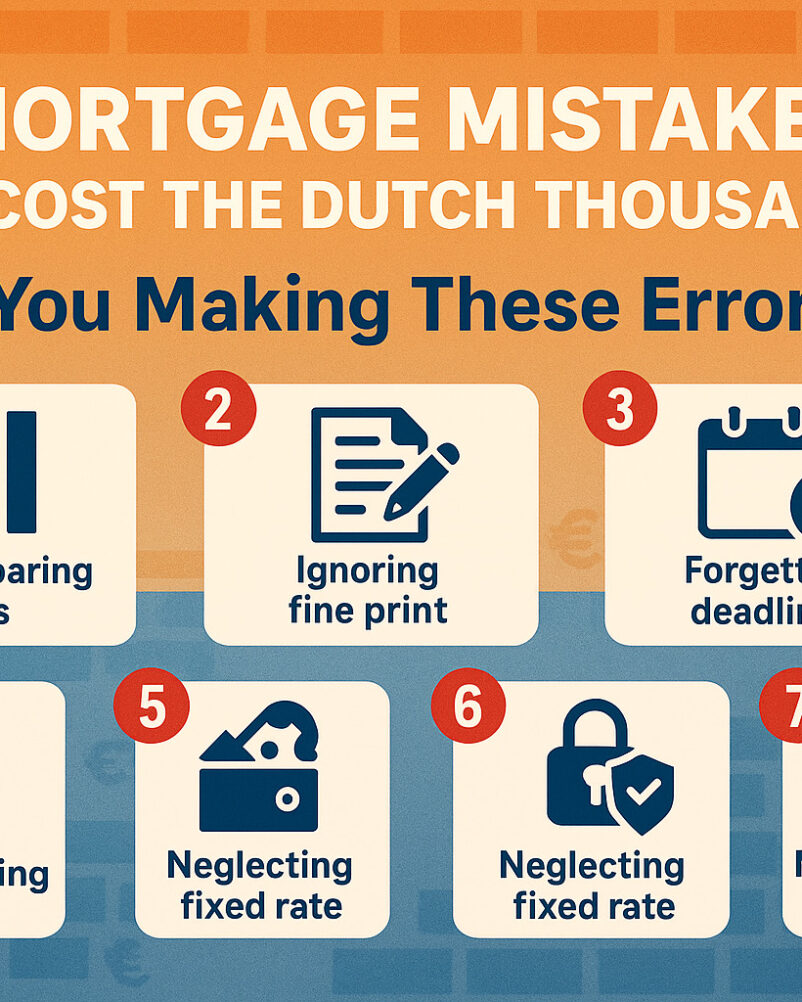Anúncios
Taking out a loan can be a smart solution for various situations: paying off debts, investing in a project, renovating your home, or covering emergencies. However, many people end up paying more than they should due to a lack of attention to interest rates and hidden fees.
In this article, you’ll learn how to avoid the trap of high interest rates and discover practical tips for choosing the right loan for your financial profile—ensuring more safety and savings.
Understanding Interest Rates: Why Do They Vary?
Interest rates are how financial institutions charge for lending money. These rates can vary significantly depending on factors like:
• The type of loan requested;
• The repayment period;
• The monthly installment amount;
• Your credit history;
• The institution’s policies.
Anúncios
Fixed vs. Variable Interest
• Fixed interest: remains the same throughout the loan term. It provides stability and predictability.
• Variable interest: may fluctuate over time based on economic indicators. Requires more attention.
Strategies to Avoid High Interest Rates
1. Compare offers before signing
Never accept the first offer. Use online loan comparison platforms that analyze and show you:
• Annual interest rate (APR);
• Total Effective Cost (TEC);
• Repayment terms;
• User reviews.
Simulate the loan in at least three institutions before making a decision.
2. Pay attention to the TEC – Total Effective Cost
Many borrowers only focus on the monthly interest and ignore the Total Effective Cost, which includes:
• Administrative fees;
• Embedded insurance;
• Taxes and charges;
• Credit opening fees.
➡ Even if the interest seems low, the total cost may be much higher.
3. Maintain a good credit history
A strong financial record gives you access to better loan conditions. To build it:
• Avoid late payments;
• Keep credit card usage under control;
• Don’t accumulate excessive debt.
A positive credit score means you’re a lower risk to lenders, which results in lower interest rates.

4. Choose realistic repayment terms
Longer repayment periods reduce monthly installments, but increase the total amount paid. See the difference:
| Term | Monthly Installment | Total Amount Paid |
|---|---|---|
| 24 months | €250 | €6,000 |
| 60 months | €130 | €7,800 |
Tip: Choose the shortest term that fits your budget.
5. Be cautious with “too easy” offers
Loans with no credit checks, no documentation, or instant approval may come with:
• Very high interest rates;
• Hidden abusive terms;
• Risk of scams.
Always make sure the lender is reliable, licensed, and transparent in the contract terms.
How to Choose the Right Loan for You
Each loan type fits a different financial situation. The table below helps compare the main options:
Loan Comparison Table
| Loan Type | Average Annual Rate | Loan Amount | Max Term | Best For |
|---|---|---|---|---|
| Personal Loan | 4% to 8% | Up to €50,000 | 60 months | Personal needs, emergencies, debt consolidation |
| Secured Loan | 2% to 5% | Up to 60% of asset value | 180 months | Major projects, low-interest financing |
| Revolving Credit | 6% to 12% | On-demand usage | No fixed term | Flexible needs, recurring withdrawals |
| Payroll Loan | 1.5% to 3% | Up to 35% of monthly income | 84 months | Retirees, salaried employees with fixed income |
Extra Tips to Save on Any Loan
• Avoid refinancing without a plan – it can trap you in a debt cycle.
• Use finance management apps to track installments and organize payments.
• Pay off early whenever possible – some lenders offer discounts for early repayment.
Conclusion
Avoiding high interest rates is all about information, comparison, and financial responsibility. By understanding how different loans work, evaluating the total cost, and keeping your finances in check, you gain access to fair and sustainable credit.
Remember: a well-planned loan can help you move forward—while a poorly chosen one can become a long-term burden. Make informed choices and use credit as a tool, not a trap.



